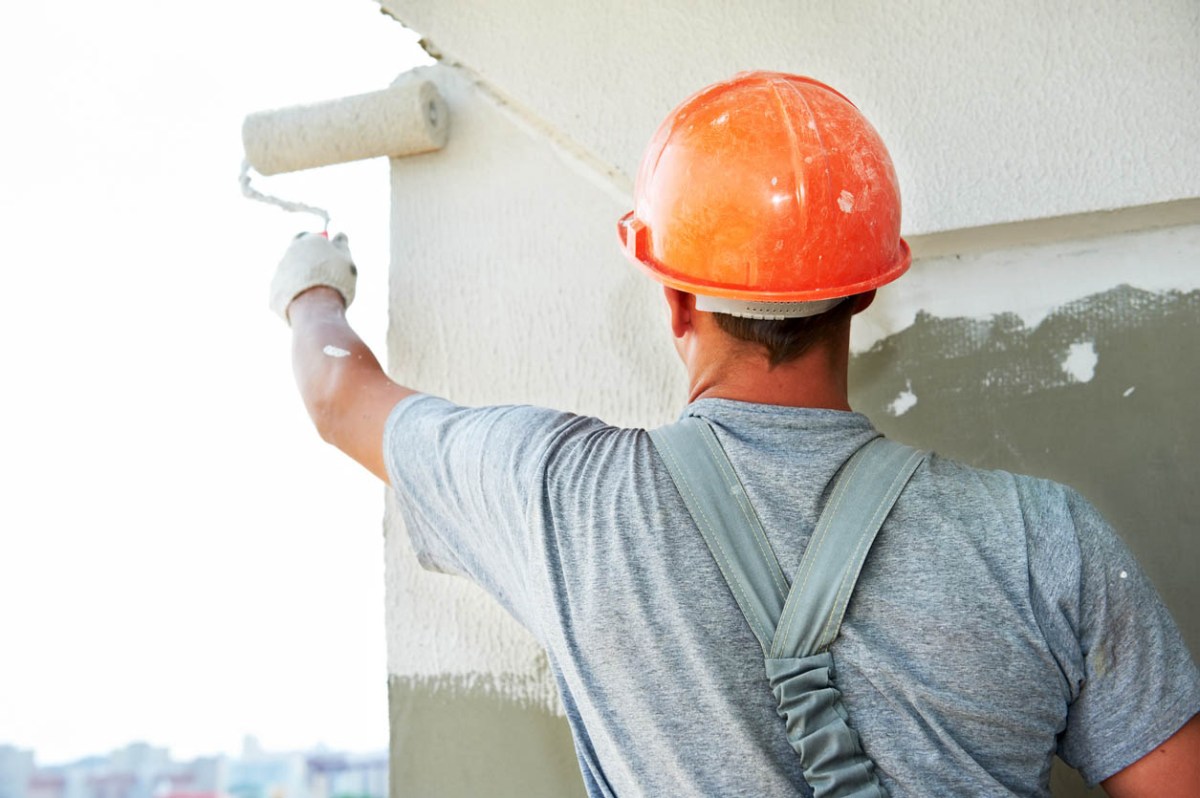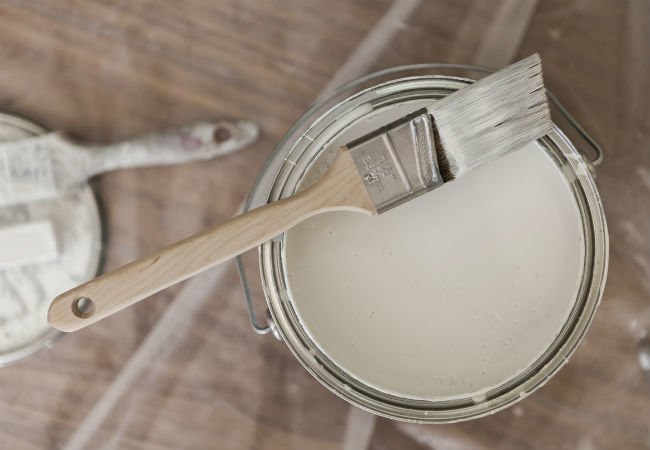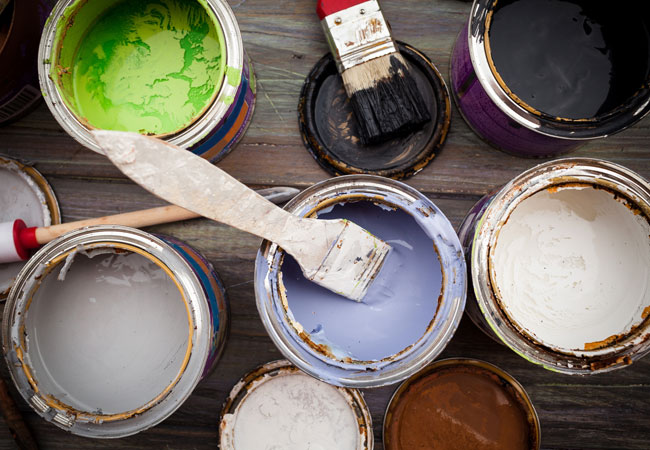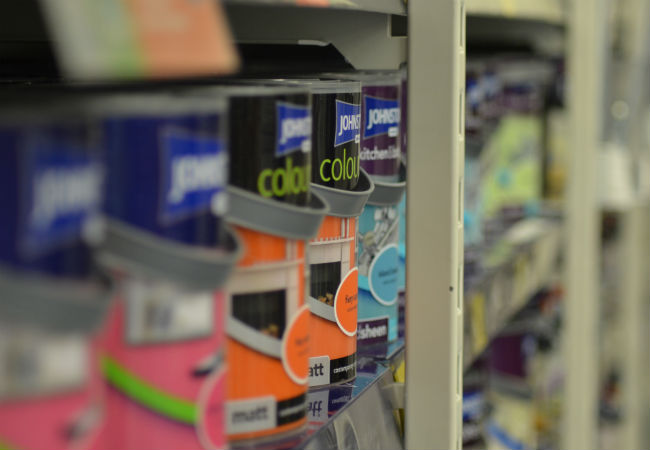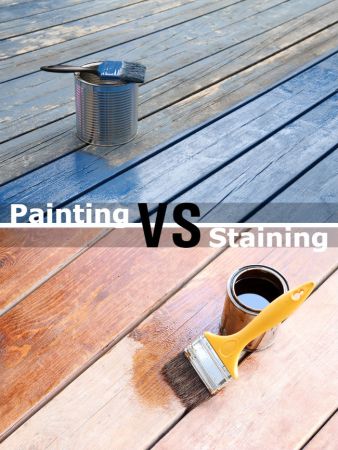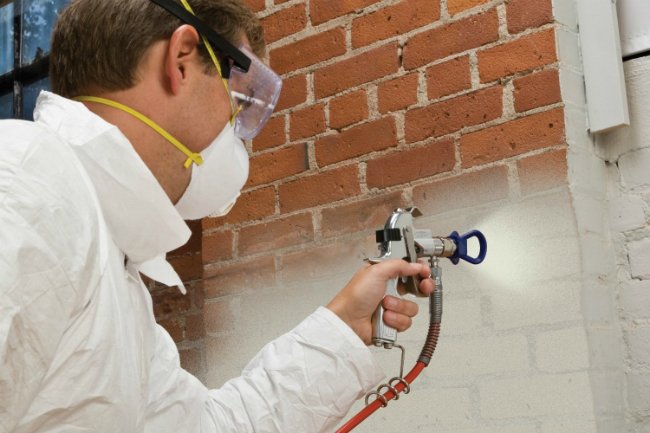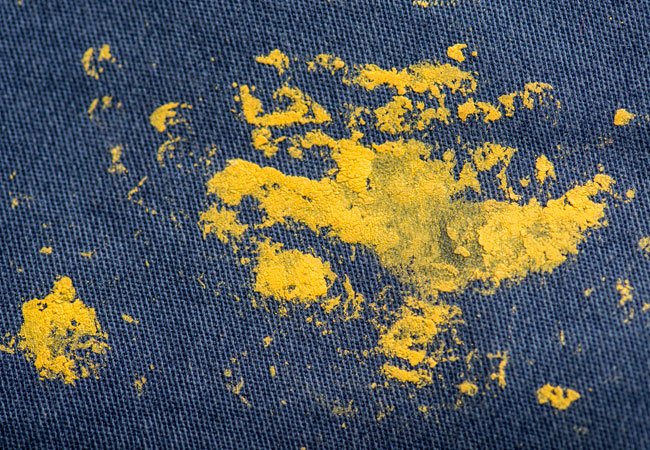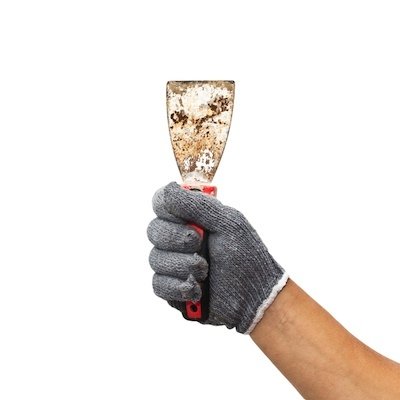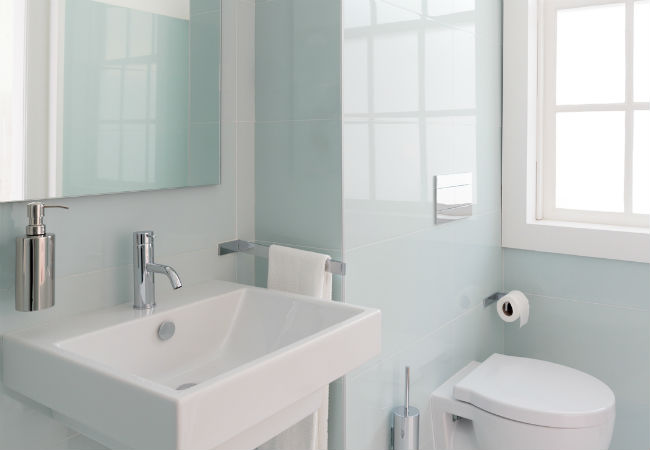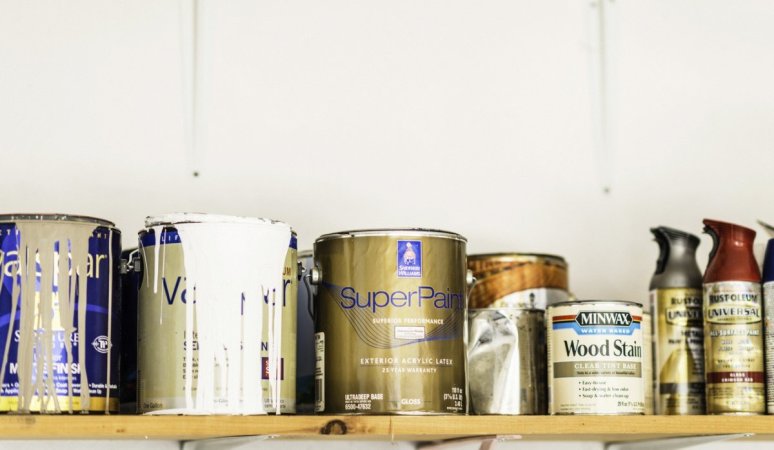We may earn revenue from the products available on this page and participate in affiliate programs. Learn More ›
A fresh coat of exterior paint does wonders for the look of a home, revolutionizing its curb appeal while adding a valuable layer of protection against the elements. Selecting the best paint for an interior exterior job might seem overwhelming, until you gain a little background.
In recent years, paint technology has advanced by leaps and bounds, leaving today’s homeowners spoiled for choice when it comes to products that are not only durable, but also resistant to mold, mildew, and dirt—the trio of threats that most commonly undermine the longevity of an exterior paint job.
Latex vs. Oil Paint for Home Exteriors
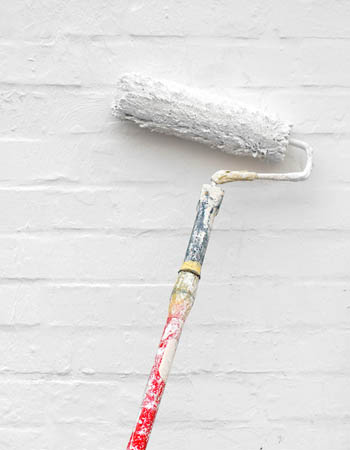
If you are trying to decide whether to choose oil or latex paint—with latex as the generic term for all non-oil-based paints—the question may no longer be a relevant one: The latest and greatest paint formulations are more often than not water based.
“In the past, oil-based paints were the standard for exterior projects,” explains Karl Schmitt of Sherwin-Williams. Times have changed, however. Superior performance characteristics are now to be found among water-based products.
Latex-Based Exterior Paints
“There are some real benefits to using water-based paint,” Schmitt says. These include “improved adhesion performance, mold and mildew resistance, and low VOC emissions.” Another important benefit of water-based paints: They more or less extend the exterior painting season. It used to be that “you couldn’t paint if the temperature was below 50 degrees.” Those days are gone. Improved formulations permit successful painting even on days as cold as 35 degrees.
Noor Aweidah of Valspar cites further advantages of water-based paint: “shorter dry time, better coverage, and easier cleanup.” Duramax, the top-of-the-line exterior paint manufactured by Valspar, even features paint and primer in one application. What it all adds up to, she says, is a “just-painted look” that lasts for an impressively long time.
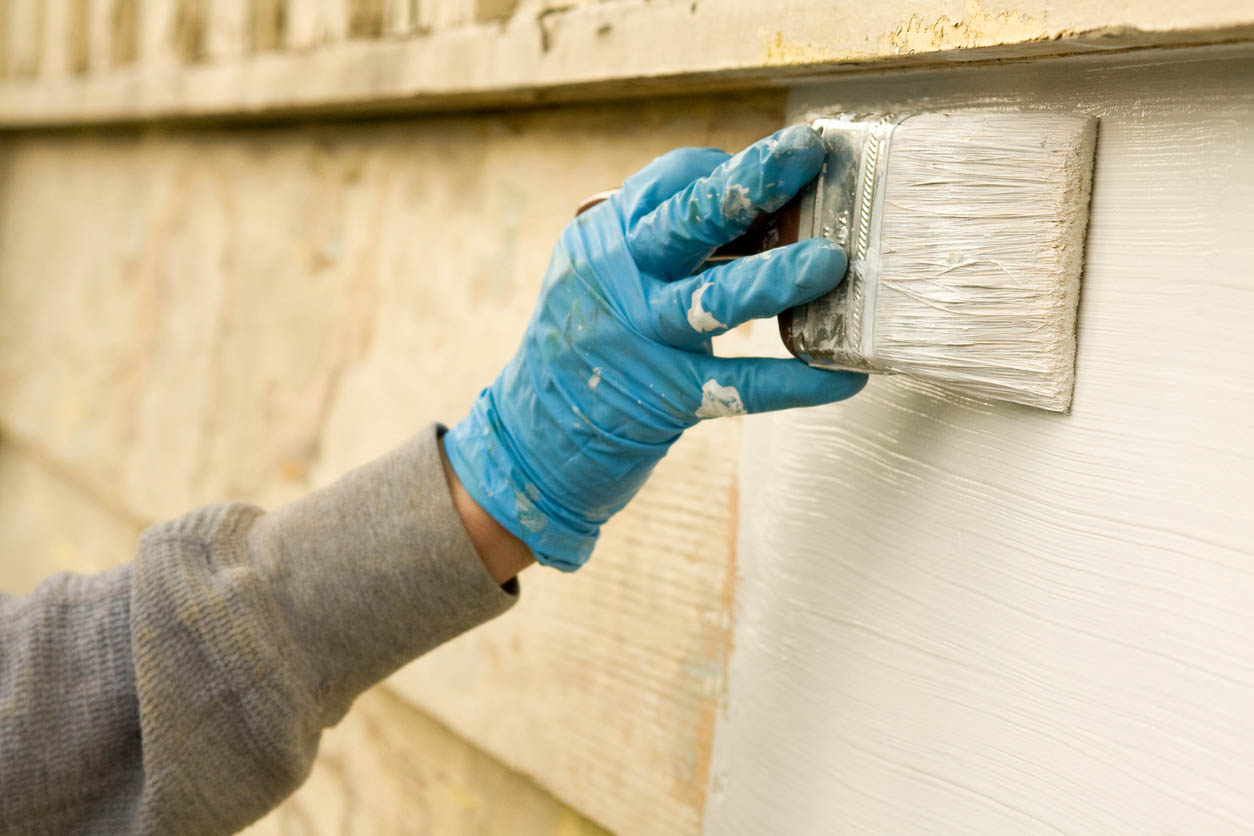
Advantages of Latex Exterior Paint
With latex paint, outdoor DIYers have more flexibility regarding when they paint, especially with the opportunity to apply the paint on colder days. It’s also more convenient, but does not trade convenience at the detriment of the environment. Latex paint is more eco-friendly than oil-based paint.
Latex paint doesn’t yellow with time and sun exposure like oil-based paints can. The more eco-friendly water-based option also is more widely available, and for a reason. In summary:
- Latex paint dries quickly, so it is easier to apply two coats in one day.
- All it takes to clean up after applying latex paint is soap and water.
- Latex paint typically has less odor than oil-based paint.
Disadvantages of Latex Exterior Paint
There are a few disadvantages to using exterior latex paint. Because it is water based, it covers some materials differently than oil-based paints will. When painting wood, the latex paint can cause swelling to the extent it requires sanding before applying the next coat.
It doesn’t necessarily cover or last on exterior surfaces as well as oil-based paint can. Painting over darker colors can require a second coat. In general:
- Latex paint can dry so rapidly in outside air that brush marks might show.
- Using latex paint can swell wood and does not coat metal as well as oil-based paints.
- Latex paint often is less durable under harsh outdoor conditions.

Oil-based Exterior Paints
Schmitt continues, “Some professional painters believe oil-based paints deliver a better finish.” But unless the surface to be painted is distressed (for example, weathered wood or rusty metal), Schmitt maintains that “a water-based paint is the best option for the average do-it-yourself homeowner.” Whereas “oil-based paints tend to yellow and become brittle over time,” high-quality water-based paints, such as Sherwin-Williams Emerald, retain a smooth and uniform appearance for years.
Advantages of Oil-based Paint
Oil-based paints served as the favorite indoor and outdoor coating for hundreds of years. Paint companies continued to improve their effectiveness. In general, oil-based paints hold up better than water-based ones, so they cover more thoroughly and last longer. Oil-based paints can:
- Cover more effectively in a single coat.
- Hold up to high-traffic areas and the outdoor elements.
- Go on more smoothly.
Disadvantages of Oil-based Paint
With their less sustainable ingredients, oil-based paints have been on the decline for some time. Even adjustments to paint formulas has not improved satisfaction, causing exterior oil-based paints to be more difficult to apply and some lighter colors to yellow in a short time.
Many states have regulated or banned their use, mostly because of volatile organic compounds (VOCs) in the formulas as additives of solvents. The VOCs vaporize as the paint dries and for the most part, oil-based paints can present a health hazard for humans. Still, check the product details; low-VOC and no-VOC exterior oil-based paints are available. Disadvantages of oil-based paints include:
- Production of overwhelming, even hazardous, fumes.
- Cleanup: the requirement of chemicals (turpentine and mineral spirits) to clean brushes, plus regulated disposal of unused paint.
- A tendency to yellow or crack over time.
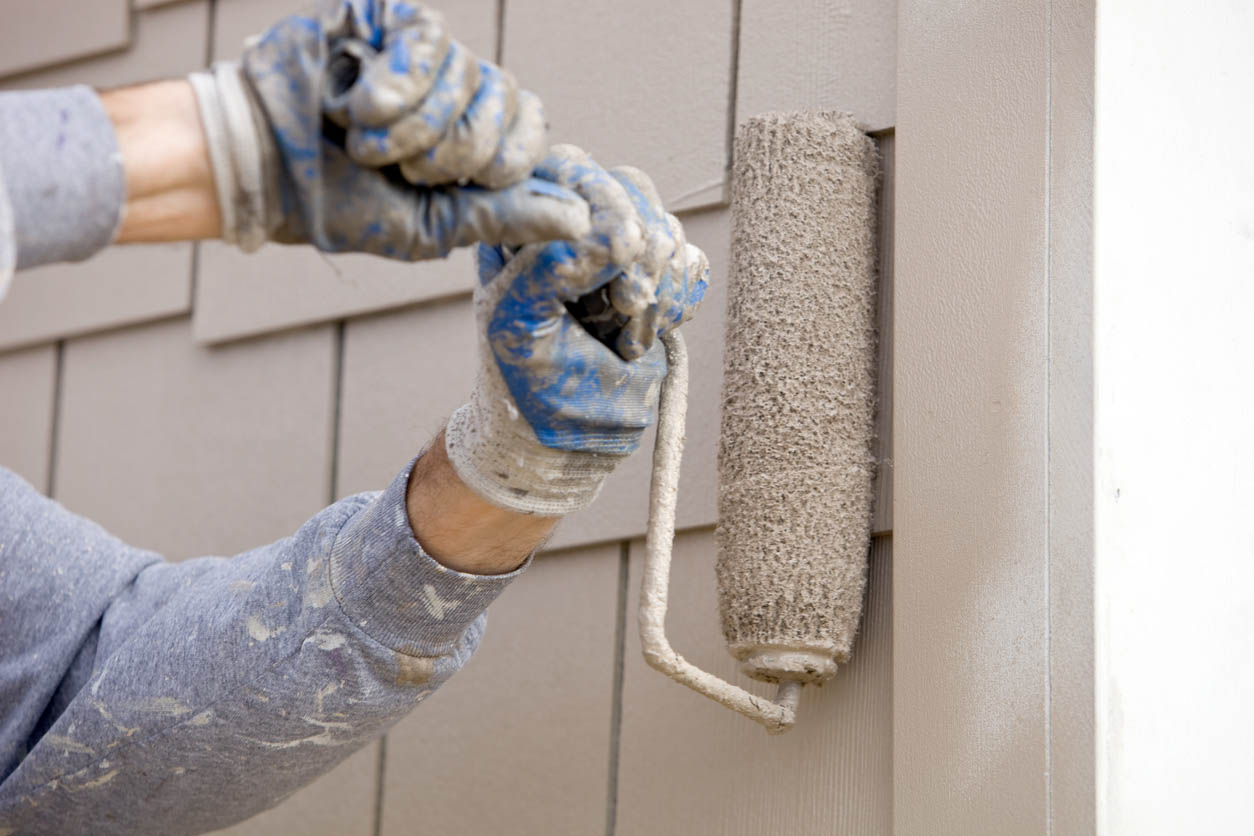
Further Considerations
Before undertaking an exterior painting project, Aweidah recommends that you take several factors into account. “Weather is the first thing to consider.” Start by figuring out the right time to paint. “For best results,” she says, “an air temperature and surface temperature of 50 degrees is ideal.
“It’s also important to prepare for the project and use high-quality paint.” Cover these bases, and “any exterior paint project [will be] doable for any DIYer.”
Sherwin-Williams’s Schmitt concludes, “Buy the highest-quality paint you can afford.” Chances are “the more expensive paint will last substantially longer, which means that in the long run, the pricier product “represents a much better value.”
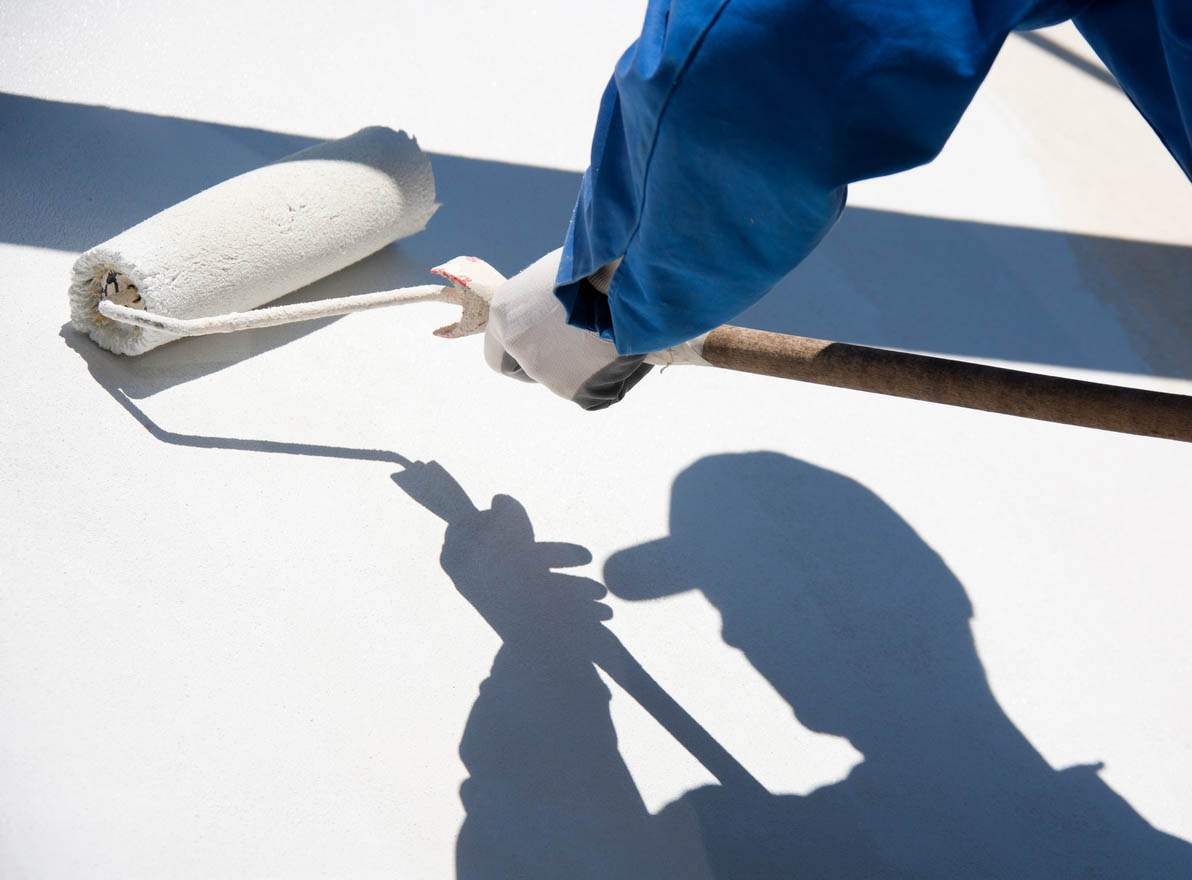
FAQ About Latex vs. Oil Paint for Exteriors
Can you paint oil-based over latex paint?
Yes, and no. You can’t just walk over to a painted wall and add the new latex color on top of the oil. But with a little preparation, you can add a layer of latex over an oil-based painted surface. This involves sanding to help the paints mix, followed by deep cleaning and priming. Learn more about painting over oil-based paint with a water-based paint here.
Is oil-based paint better than latex for exterior?
No, exterior latex paints win this debate. The water base of latex appears to expand and contract with surfaces like home siding. Oil-based paints do not flex, and this can show in cracks and blisters that trap moisture under the paint.
If oil-based paint already on an exterior surface seems to work, you can apply it again. Just remember the cleanup and environmental effects of the oil-based product.
Is oil paint more durable than latex?
Overall, oil paint can hold up a little better, and was the traditional choice for long-lasting outdoor painting projects. But latex paint has been improved. Many water-based paints now have added acrylics that act as binding agents and help the paint last longer on most outdoor surfaces.
A high level of solids in a latex paint adds to durability in quality paint products. All-acrylic binders improve the water-based paints’ weather resistance.
Why is it more environmentally friendly to use latex rather than oil-based paint?
Despite regulations and the competition from latex paints after World War II, little was done to improve the eco-friendliness of many oil-based paints. Natural or synthetic resins and oils serve as the base, and petrochemicals are used as binders.
The process is less sustainable and releases more VOCs into the atmosphere. Still, the EPA regulates VOC levels; the consumer just has to do a little digging to find the most eco-friendly paint.
Final Thoughts
With acrylics and other additives, water-based paints perform better than in years past, and offer an environmentally friendly alternative to oil-based paints. Many latex paints now offer superior performance for a variety of outdoor surfaces.

